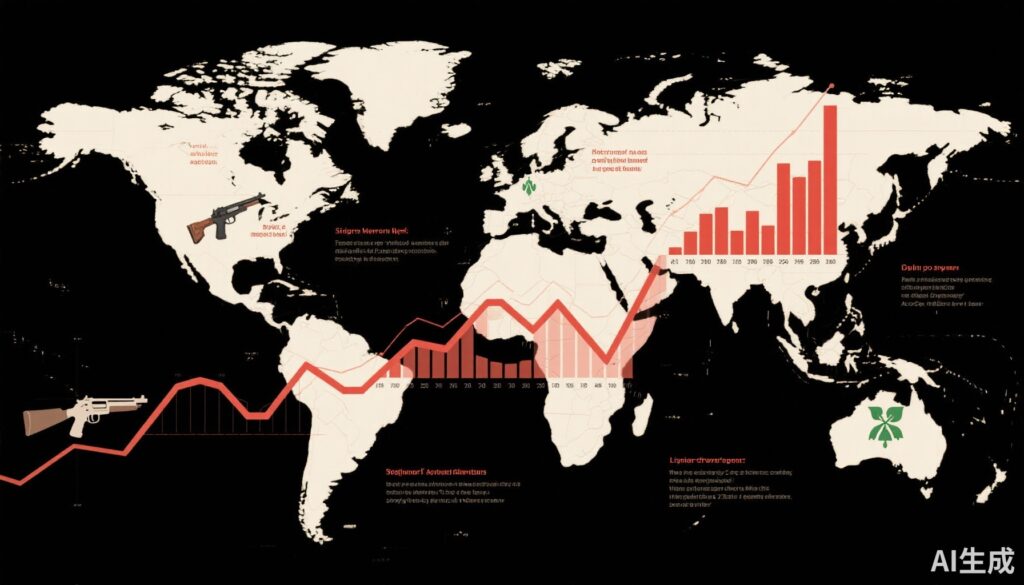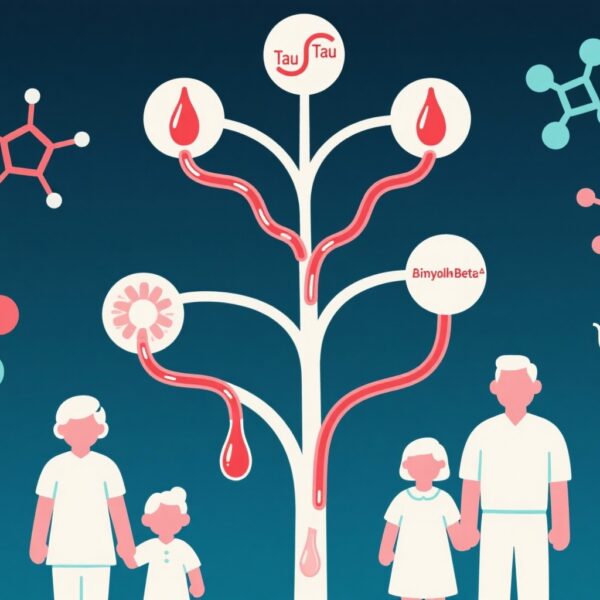Highlight
This large-scale global study analyzed suicide mortality rates among adults aged 65 and older across 47 countries from 1996 to 2021, identifying method-specific patterns, sex and age subgroup differences, and projecting trends to 2050. Despite a decline in overall suicide rates in older adults, firearm-related suicides show stability in the oldest subgroup. The study underscores the critical role of access to lethal means such as firearms and pesticides in suicide rates, supporting targeted preventive measures.
Background: Understanding the Burden of Suicide in Older Adults
Suicide remains a significant public health concern worldwide, with older adults (aged 65 years and above) consistently exhibiting among the highest rates. Aging populations globally compound this issue, intensifying the need to understand suicide trends and methods among this vulnerable demographic. Older adults face unique risk factors including chronic illness, social isolation, and mental health disorders, which contribute to their elevated suicide risk. However, comprehensive global analyses examining method-specific suicide mortality in this age group remain limited, impeding tailored prevention efforts. This study addresses this gap by providing detailed epidemiological insights spanning over two decades and almost fifty countries and territories, and by projecting future trends, it informs public health strategies in an aging world.
Study Design and Methods
This investigation followed rigorous methodological standards adhering to the Guidelines for Accurate and Transparent Health Estimates Reporting (GATHER). Mortality data pertaining to suicide among individuals aged 65 years and older were extracted from the World Health Organization (WHO) Mortality Database for the years 1996 to 2021, covering 47 countries and territories. The researchers employed locally estimated scatterplot smoothing curves to estimate suicide mortality rates over time, with stratifications by sex, older age subgroups (including 65-79 and 80+ years), and suicide methods. To predict future suicide mortality rates through 2050, Bayesian age-period-cohort (BAPC) modeling was utilized, capturing demographic and temporal effects. Decomposition analysis based on the Das Gupta method dissected the components contributing to changes in suicide death numbers, including demographic shifts and rate changes. Furthermore, associations between 2021 suicide rates and country-level indicators — such as poverty rates, disability-adjusted life-years (DALYs) for mental and alcohol use disorders, civilian firearm ownership, and pesticide use — were examined, elucidating contributing structural factors to method-specific suicide mortality.
Key Findings
The dataset included 687,443 suicides among older adults from 1996 to 2021, with males disproportionately represented (75.2%). In 2021, the suicide mortality rate among adults aged 65+ was 15.99 per 100,000 population, markedly higher than the all-age suicide rate of 10.87 per 100,000 (p<0.0001). Firearms were significantly more prevalent as the method among older adults (14.91%) compared to the general population (9.88%), resulting in an older adult firearm suicide mortality rate of 2.44 per 100,000 versus 1.09 per 100,000 overall (p<0.0001).
From 1996 to 2021, a consistent decline in overall suicide mortality rates among older adults was observed, with an average annual percentage change (AAPC) of -1.51 per 100,000. This decline was more pronounced in women (AAPC -2.24) compared with men (-1.45, p<0.0001). Subgroup analysis by age showed that younger older adults (65-79) exhibited larger declines than those aged 80 years or more, with firearm-related suicides in the 80+ age group showing no significant change over the study period.
Projections via BAPC modeling indicate the rate of decline in suicide mortality among the older population is expected to slow through 2050, potentially stabilizing or even increasing due to demographic changes and persistent risk factors.
Decomposition analyses revealed that, despite declining rates, the absolute number of suicides among older adults rose by 7,781 deaths between 1996 and 2021, primarily driven by population aging and growth.
Associations with country-level factors uncovered that higher suicide rates correlated with increased poverty rates, higher DALYs due to mental and alcohol use disorders, and higher Human Development Index scores. Critically, the presence of civilian firearm ownership was strongly linked to increased firearm-related suicides in older adults, while pesticide use per cropland area was associated with higher suicide mortality by poisoning.
Expert Commentary
These comprehensive findings reaffirm the complex interplay of demographic, socio-economic, and environmental factors influencing suicide risk in older adults. The disproportionately higher use of firearms among older adults highlights a key target for intervention, as restricted access to lethal means has been repeatedly shown to reduce suicide mortality. Similarly, pesticides as a method point to agricultural and environmental risk factors predominantly in certain countries. The differential trends by sex and age subgroup necessitate more nuanced clinical risk assessments.
Limitations of the study include reliance on WHO Mortality Database reporting, which may underreport or misclassify suicide deaths, and the exclusion of countries without reliable data. The projection models depend on past trends continuing, which can be altered by changing policies or social circumstances. Nonetheless, the breadth of data and robust modeling provide valuable foresight.
Conclusion
While there has been a welcome decline in suicide mortality rates among older adults over the past 25 years, the benefits are tempered by slowing declines, stagnation in firearm-related suicides among the oldest subgroup, and demographic growth contributing to rising absolute numbers. These findings catapult suicide in older adults as an escalating global public health concern, with urgent implications for policy and clinical practice.
Efforts to restrict access to lethal means, particularly firearms and pesticides, alongside enhanced mental health support and interventions tailored for the unique challenges faced by older adults, are paramount. Future research should continue monitoring trends, evaluating interventions, and exploring contextual factors driving risk in this population.
Funding
This study was supported by the Wellcome Trust and the National Research Foundation of Korea.
References
Cho H, Kim S, Son Y, et al. Method-specific suicide mortality rates among older adults in 47 countries and territories, 1996-2021, with projections to 2050: a global time series and modelling study. Lancet Healthy Longev. 2025 Jul;6(7):100719. doi: 10.1016/j.lanhl.2025.100719.



